
Wildland fires destroy business facilities and land every year across the country. Fire-safe landscaping helps to create an area of defensible space between your business and flammable vegetation.
Fire-damage itself is not the only wildfire-related threat to businesses, but smoke and air quality also pose a threat. To protect your property and others on your property, take the precautions below.
Wildfire Safety Precautions
- Have several evacuation plans and make sure they’ve been drilled.
- Have several viable methods to communicate with key staff during a disaster, when cell towers are down. Consider satellite phones.
- Repair or replace loose or missing roof shingles or tiles.
- Protect vented openings to attic and crawl spaces with corrosion resistant metal mesh screening (1/8 inch mesh) to minimize the entry of wind-blown embers.
- Keep the roof and gutters clear of debris.
- Store firewood and other fuels at least 20 feet away from structures.
- Use fire-resistant siding materials.
- Keep areas under decks and porches clear of belongings.
- Plant shrubs at least 20 feet from any structures and prune regularly.
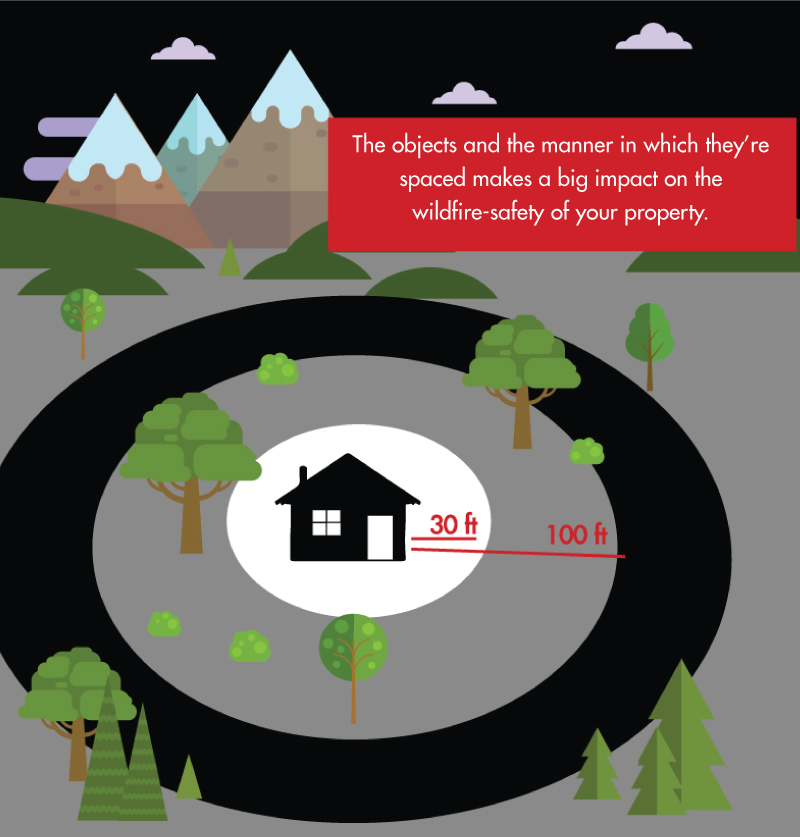
It’s especially important to consider the spacing and landscaping surrounding your property. Please take the following precautions within the suggested radius of your structures.
Within 30 Feet of Structures
- Create a defensible space by thinning trees and brush.
- Provide at least a 10 to 15-foot separation between islands of shrubs and plant groups.
- Choose oil, wax, and resin-free plants with a high moisture content.
- Select fire resistant patio furniture and playsets.
- Mow and water your lawn regularly.
- Remove dead vegetation.
- Use rock, mulch, flower beds and gardens as ground cover for bare space and effective firebreaks.
Within 100 Feet of Structures
- Prune tree branches to a height of at least 8 to 10 feet off the ground.
- Create breaks in plant life with driveways, walkways, and lawns.
- Canopies of tall trees should not touch – remove trees if necessary.
- Remove dense and woody debris.
- Prune tree branches to a height of at least 8 to 10 feet off the ground.
- Create breaks in plant life with driveways, walkways, and lawns.
- Canopies of tall trees should not touch – remove trees if necessary.
- Remove dense and woody debris.
After analyzing wildfire records spanning 1992-2012, researchers found that human-ignited wildfires accounted for 84 percent of all wildfires, tripling the length of the average fire season and accounting for nearly half of the total acreage burned. In addition, climate change is making our fields, forests and grasslands drier and hotter for longer periods, creating a greater window of opportunity for human-related ignitions to start wildfires. These findings were published in the journal, Proceedings of the National Academy of Sciences.
The annual cost of fighting wildfires in the U.S. has exceeded $2 billion in recent years. There cannot be a fire without a spark, and a fire cannot spread or increase in intensity without fuel.
Let’s educate each other and do what is within our control to minimize wildfires and protect each other from their devastating effects.
Prevent This, and other potential disasters.
AMSkier, your Partner in Safety.

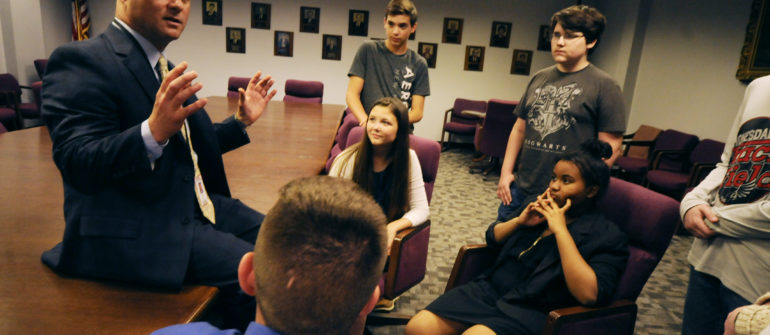
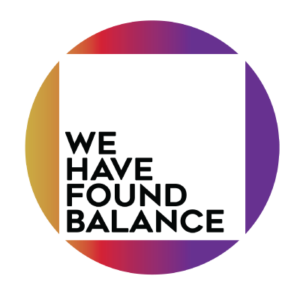 Finding Balance
Finding Balance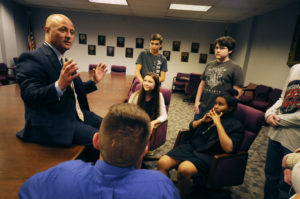 Sponsored by AMSkier Insurance, the six-part series features panel discussions from a wide range of experts in the
Sponsored by AMSkier Insurance, the six-part series features panel discussions from a wide range of experts in the 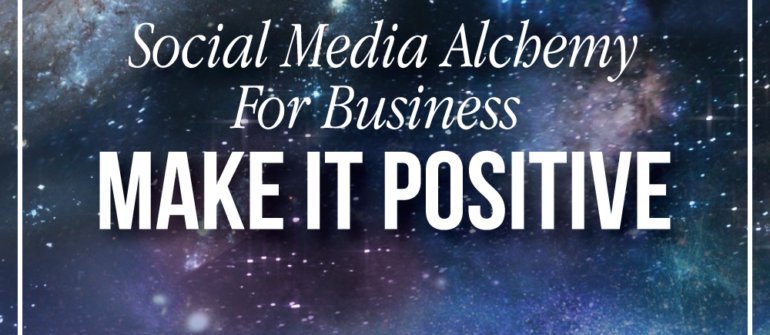


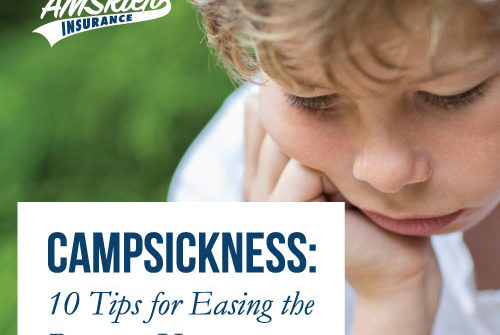
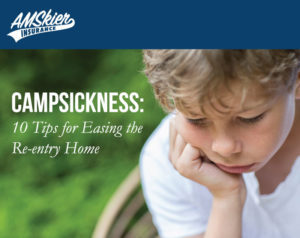 Campsickness: 10 Tips for Easing the Re-entry Home
Campsickness: 10 Tips for Easing the Re-entry Home
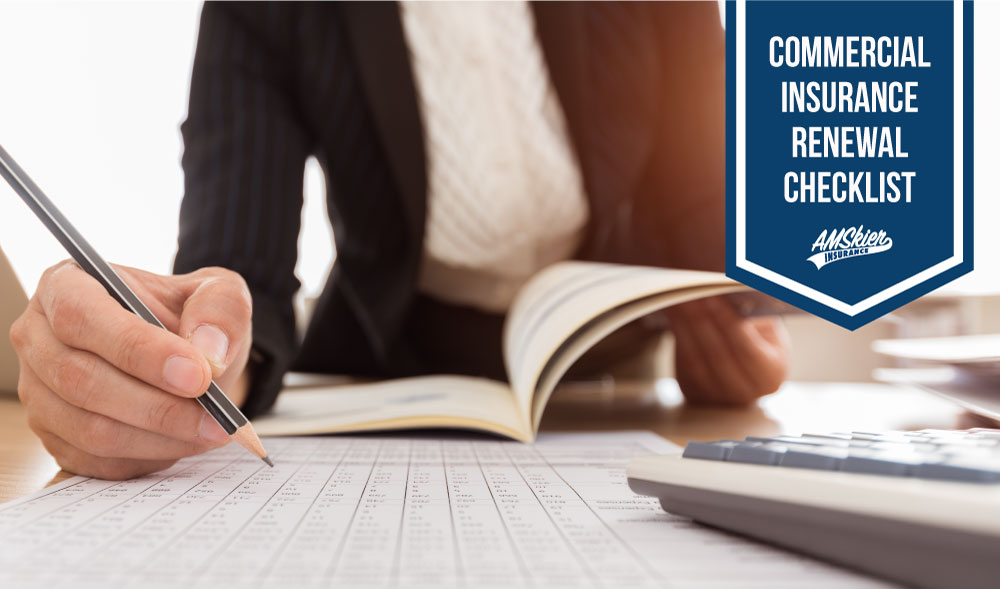 Do you have a commercial insurance renewal coming up? Small business owners can keep life simple with a commercial insurance renewal checklist.
Do you have a commercial insurance renewal coming up? Small business owners can keep life simple with a commercial insurance renewal checklist.